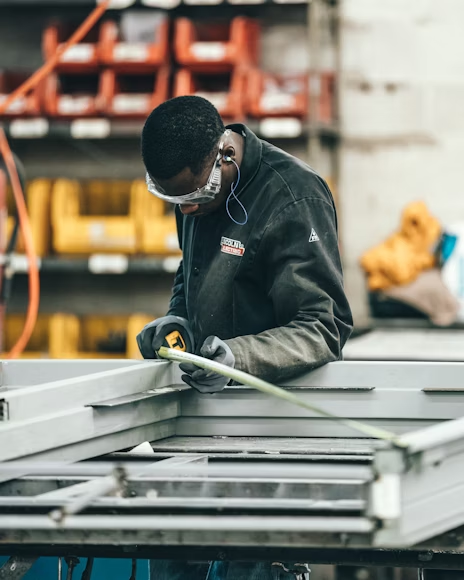Understanding the nuances of various manufacturing processes is important for engineers. These processes not only drive production efficiency but also influence the quality and cost-effectiveness of the final product. As a manufacturing engineer, you’re expected to be well-versed in a range of techniques, each with its own set of applications and advantages.
Here are five manufacturing processes for manufacturing engineers to know.
Contents
1. Casting and Molding
Casting and molding are among the oldest manufacturing processes, playing a crucial role in producing complex shapes from metals and plastics. In casting, a liquid material is poured into a mold where it solidifies, taking the shape of the mold cavity. This process is ideal for creating large and intricate metal components, as it allows for precise control over dimensions and surface finish. On the other hand, molding is predominantly used for plastics and involves shaping materials through the use of molds. Injection molding, a popular technique within this category, is particularly noteworthy. It involves injecting molten plastic into a mold under high pressure, allowing for the creation of detailed and complex parts. Injection molding for prototype production can be an essential aspect of this process, enabling you to test and refine designs before full-scale production.
2. Machining
Machining is a subtractive manufacturing process that involves the removal of material from a workpiece to achieve the desired shape and size. It encompasses a variety of techniques, including turning, milling, drilling, and grinding. This process is highly versatile, suitable for producing precision components with tight tolerances and intricate features. One of the key benefits of machining is its ability to work with a wide range of materials, including metals, plastics, and composites. This flexibility makes it a preferred choice for industries requiring custom or low-volume parts, such as aerospace and medical devices.
3. Additive Manufacturing (3D Printing)
Additive manufacturing, commonly known as 3D printing, represents a paradigm shift in manufacturing. This process builds objects layer by layer from a digital model, allowing for unprecedented design flexibility and customization. Unlike traditional methods, additive manufacturing is inherently material-efficient, as it only uses the material necessary to create the object. The applications of 3D printing are vast, spanning industries from healthcare to automotive.
4. Forming and Shaping
Forming and shaping processes involve the deformation of materials to achieve desired shapes and sizes without removing material. These techniques are primarily used for metals and include processes such as forging, rolling, extrusion, and stamping. Forming processes are highly efficient, enabling the mass production of components with excellent mechanical properties. Forging, one of the oldest forming processes, involves shaping metal using compressive forces. Rolling and extrusion, on the other hand, are used to produce long sections of material with uniform cross-sections, such as pipes and beams.
5. Joining Techniques
Joining techniques are essential for assembling multiple components into a single, cohesive structure. These methods include welding, soldering, brazing, and adhesive bonding, each with its own set of applications and advantages. Welding, for example, is used for permanently joining metal parts through the application of heat and pressure. In contrast, soldering and brazing provide solutions for joining metal components without melting the base materials. These techniques are ideal for delicate assemblies, such as electronic circuits, where heat-sensitive components are involved. Adhesive bonding, meanwhile, offers versatility in joining dissimilar materials, such as metals to plastics, enabling lightweight and durable assemblies. Selecting the appropriate joining technique depends on factors such as material compatibility, joint strength requirements, and environmental conditions.
Conclusion
In conclusion, knowing these five manufacturing processes is important for engineers. This knowledge can enhance your technical expertise.

